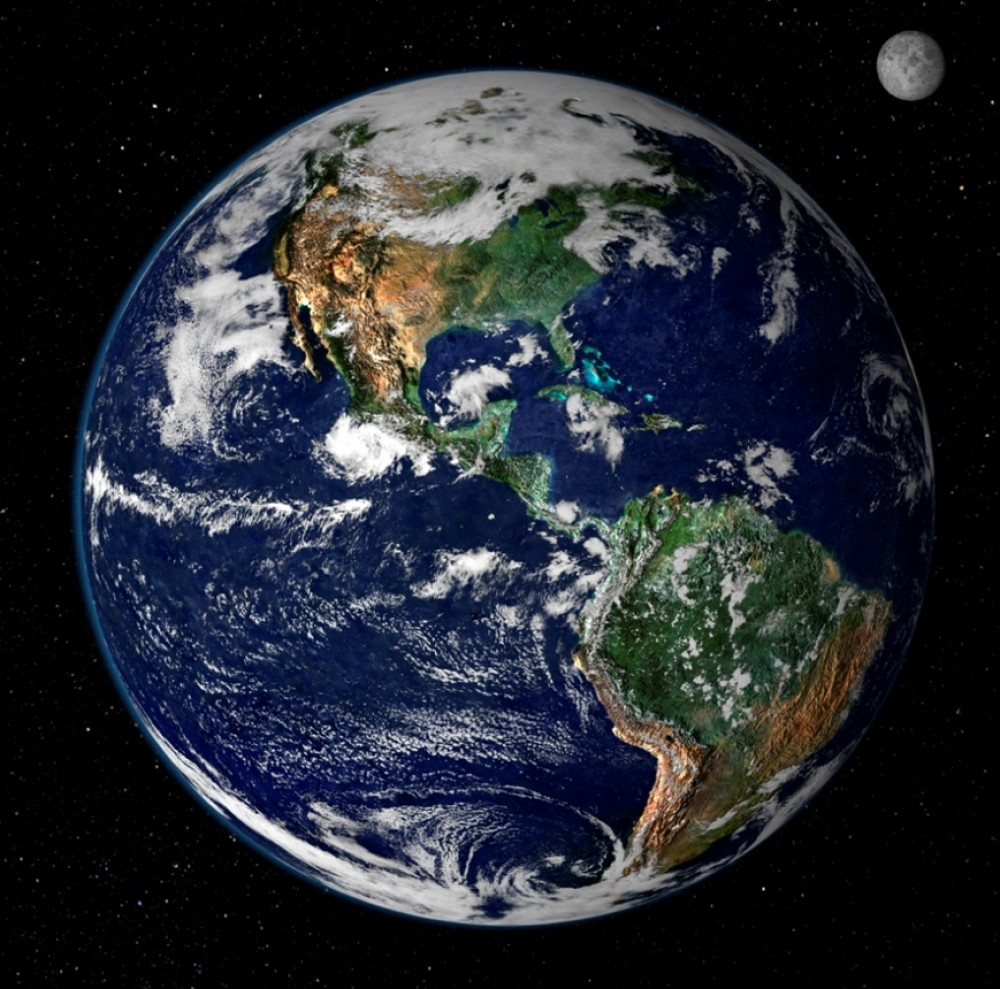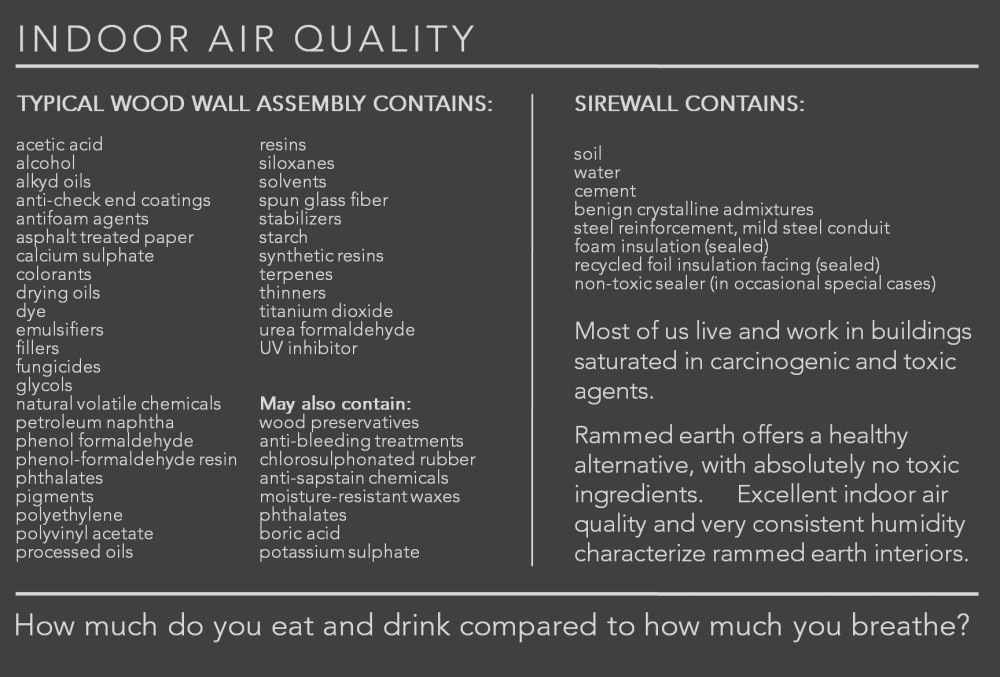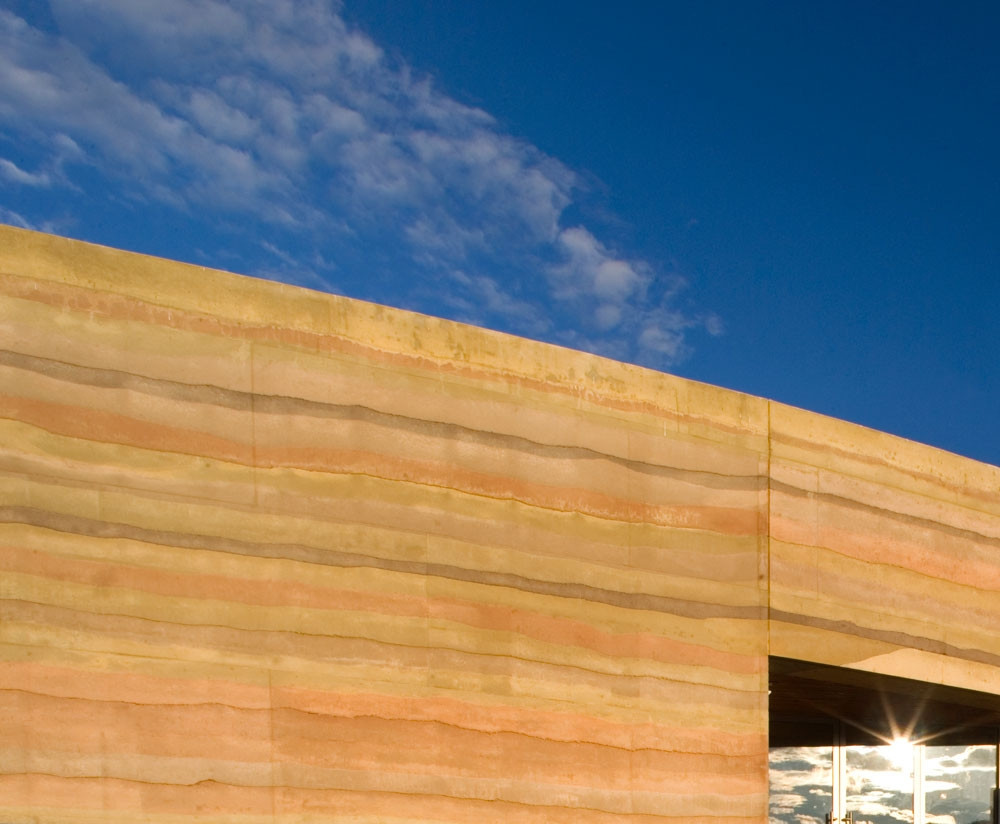
A view of earth from space reveals a trace band of blue - our atmosphere - just visible across the sunlit edge of our planet. Below, eighty percent of the globe is coated by salt water but a fraction of the depth of that atmosphere. The remaining surface area rising just above the seas supports an exponentially thinner layer of organic soils. David Suzuki has offered the observation that if we accurately modeled the planet as an orb with a diameter of 70 meters, the representation of 'soil' on our model would be about the thickness of a tomato skin. All life on our planet resides within this miraculous, dynamic, living and life-giving thin membrane of air, water, and soil - energized by the sun. Scientists refer to it as the biosphere. All activity in the biosphere is cyclical; nature functions in a myriad of continuous loops, with no beginning and no end. In nature, there is no such thing as waste. But with the advent of the industrial revolution, human activity suddenly became a decidedly linear affair, 'beginning' with the extraction of natural resources and 'ending' with waste. In between, our industrial processes typically consume vast amounts of energy as they infuse toxins into the biosphere as well as the products and waste we create.

Industrialized construction practices harvest organic materials from the soil such as wood to create building products for framing and sheathing, infusing them with toxins to resist natures plan for them - to return to the soil as nutrients - instead, diverting them to the waste stream after a relatively short service life. The majority of our waste derives directly from the construction industry.
SIREWALL does not diminish or pollute the biosphere; it builds from the vast inorganic mass that lies mostly below it to form our planet. Building with non-living raw material is hardly a new idea, but with the development of a highly refined building system incorporating modern construction technologies, SIREWALL is more compelling now than ever, for even more reasons than the obvious environmental ones.

SIREWALL eliminates toxins from wall assemblies, creating interior spaces that are healthy to inhabit. This is true not only of the wall itself, but also of the interior and exterior finishes eliminated which normally contain many of the most toxic and environmentally destructive components found on a construction site.
The SIREWALL system installs tons of thermal mass on the warm side of a continuous insulation layer. That thermal mass stabilizes interior humidity and temperature as it absorbs and stores heat energy, making the use of low dynamic heat systems such as solar or geothermal extremely viable. Because it is a composite of inorganic soil rather than a product of the biosphere, SIREWALL will basically last as long as a rock. SIREWALL is a legacy for many future generations, with virtually no maintenance.
But of all the positive attributes of SIREWALL, perhaps the most immediately arresting is its distinctive presence, its stunning visual character and beauty. I am intrigued by the architectural possibilities of such a massive, artisanal, and natural material that I know is a no-compromise green building solution.
